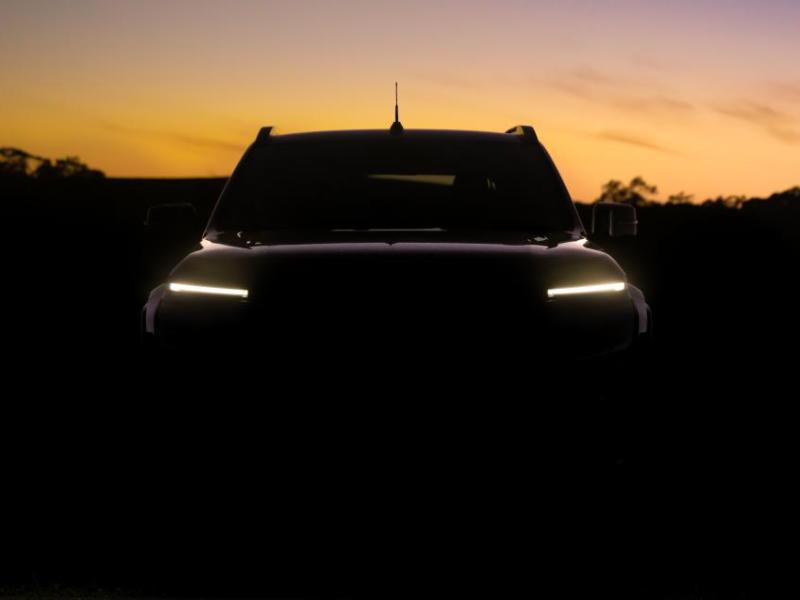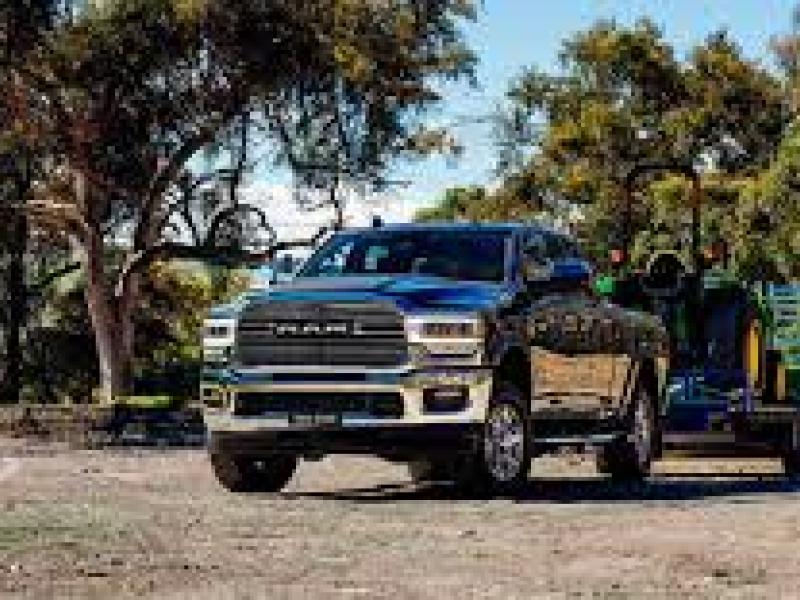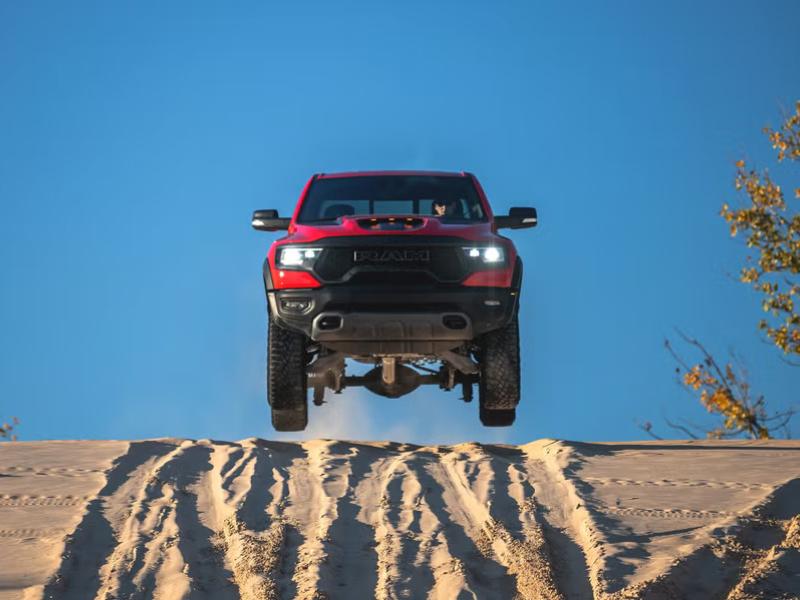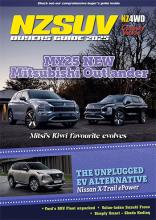There’s a fascinating ‘back story’ to 2020 Your4s photo comp winner Merv Moodie’s late model Land Rover Defender featured in his winning portfolio.
I was looking online for a 4WD in Australia as I was keen to spend some time exploring the Outback.
After a couple of months, I ended up buying online a 2010 Land Rover Defender with 47,000km on the clock for 32,000AUD (at the time the NZ dollar was 95c – 96c to A$1 so it cost me approximately NZ$36,000). I bought it from a couple who had just bought a brand new, double cab Defender, before the model went out of production.
They lived in Margaret River in WA and had owned it from when it was brand new. This was in October 2014. After spending a couple of days with them, I headed back to Perth for a few days to get the vehicle set up for my trip.
I started my first trip from Perth, down to Bunbury, Albany, Esperance, Cape Arid then across the Nullarbor Plain, finally ending up in Bendigo. This is where I had arranged storage for the vehicle in Australia. It worked out very well for me - all I had to do was get a bus from Bendigo to Melbourne Airport which took about an hour or so, then a direct flight back to Christchurch where I live.
Maaaaate!
The intention was to go over to Australia for a couple of months at a time each year. In June 2015 I met up with a good friend of mine from Takaka, who had also purchased a vehicle in Australia with the same intentions as me, and he had a Nissan stored in Cairns. We planned to meet at Tennant Creek, Northern Territory.
I started that trip from Bendigo and took the vehicle up to Adelaide for servicing then on up to Coober Pedy, where I spent a night with an old friend who lives in one of the underground Opal Mine houses. I then made my way up to Tennant Creek, to continue my adventure.
Over the next couple of months, we travelled up to Kakadu National Park, then up into Arnhem Land, and all the way up to Nhulunbuy (Gove). From here, down to Katherine, Darwin, Wyndham, the Dampier Peninsula, Port Headland, Exmouth, Steep Point (the western most point of Australia), down to Boulder/Kalgoorlie, then back along the Nullarbor Plain to Port Augusta and back to Bendigo.
This took nearly two months, covering 20 odd thousand kilometres. What a fantastic trip it was. We would freedom camp most nights and every 4-5 days we would stop at a camping ground to have showers, wash clothes, and stock up on supplies. We saw kangaroos, wallabies, crocodiles, buffalo, donkeys, dingoes, wild dogs, wild cattle and horses, an amazing array of birdlife and parrots - just the sheer experience and enjoyment of the outback.
The sunrises and sunsets were just incredible, the vastness, the great climate, I think it only rained once the whole time we were there.
Home time
After this, I came home for a couple of months at which time I discovered that if I wanted to bring the Land Rover back to New Zealand, I had to bring it back early the following year. New rules were coming in, meaning all new 4WDs entering the country would have to have electronic stability control – and I had to get my vehicle in the country while I still could.
I had always been keen to do the Simpson Desert and now, with the deadline looming, I decided to head back to Australia later that same year (much to my wife and my dog’s disgust) for another six-week trip.
This time, I headed from Bendigo up to Port Augusta across to Ceduna and did the Googs Track which goes up to the Trans Continental Railway Line. Across to Woomera, I then made my way up to Mount Dare. I did a solo crossing of the Simpson Desert, from Mount Dare to Birdsville.
It was late in the season when I arrived, about a week earlier everybody had left the area because it was getting too hot. The Simpson Desert is closed from the end of November to the middle of March because of high temperatures; in the daytime it can top 50C.
This was November 2015, and I took four days and three nights to make the crossing. It was bloody hot: up to 45C each day, around 25C at night and I drank a lot of water - but it was an incredible experience, one I would do again at the drop of a hat.
Basic set-up
The set up I used in Australia was very basic: when I bought the Land Rover the only mods that had been made was a bullbar at the front, some side steps, driving lights and a double battery system. I had a snorkel added and a 50mm spring and shock lift to the front axle. I carried with me two spare wheels a couple of sets of Maxtrax, long handled shovel and axe, a couple of strops and a small selection of tools.
I installed a 12v Engel Fridge, and carried extra fuel in 5x20L containers, and water in 3x20L containers. I cooked on a single-burner gas ring. I had a small fold up table and the all-important camp chair. At night when I stopped, I would sometimes erect a small Nylon awing over the back door that had fly screens on either side, which kept out the flies and insects at night, and I slept in a sleeping cot. This simple system worked very well for me.
Bringing the vehicle back to New Zealand was a lot easier than I expected. I used a customs agent in Christchurch, and we booked it onto a car ferry out of Melbourne to Lyttelton via Sydney and Auckland. It cost approx. $5,000 total of which just over $3,000 was GST I had to pay on the vehicle. This was a 50% reduction because I had owned it for more than two years overseas. Compliance cost in NZ was just over $500 and I had no problems with this, other than having to take the bar work off first.
Local mods
Now that I have had the vehicle back in New Zealand for a while, it is set up for how I like it. I spend 20 plus nights a year in the back of the vehicle, manly on 4WD trips in the South Island and a couple of high county stations. I have it set up so I carry my gear in waterproof plastic containers, so I can put them outside the vehicle at night. This allows me to fold down my bed, exposing a slightly modified inner sprung mattress, ensuring a comfortable sleep!
I still have the 12v Engel fridge which goes really well, a 20 ltr water container and a single ring gas burner set up as well. So, if necessary, I can cook in the back of the vehicle (well ventilated of course). On the outside I have a Foxwing awning with side panels that I can put up if required, and for winter trips I have a Webasto 2kw diesel heater setup inside in a container which I leave outside the vehicle at nights.
The hot air it produces is piped into the vehicle and is controlled by a thermostat. I must say, very cosy, on some of the overnight winter Land Rover Club trips. To dial up 20C in the morning from the comfort of my bed, before I get up and get dressed, is a really nice way to start the day. It also keeps the back of the vehicle nice and dry.
This model of Defender comes with ABS braking, Traction Control and Anti Stall in first gear low ratio, which I find really good on gnarly riverbeds. I was able to cut in and install a small side locker on each side off the vehicle which is useful for storing recovery gear and a full set of wheel chains. An Ironman Air Compressor, an ARB rear diff lock, a 12000lb Runva Winch with Dyneema Rope, Garmin GPS and a PRS Radio pretty much complete the list.
Why a Land Rover?
I don’t much care for the Range Rover or the Discovery. The problem I have, is I have been afflicted by the Land Rover Defender bug. For people who suffer from this you will understand, for most people who don’t - you will have no idea what I am talking about.
I started knocking around in Land Rovers in my NZ Forest Service days, manly in Canterbury and Marlborough. Then, when I lived on Stewart Island, I had a LWB Series 2 for many years. Since moving to Christchurch this is my third Defender.
It would also appear that I have passed this affliction on to my grandson: when I heard he was on his way, my daughter and I managed to purchase a plastic electric one from The Warehouse. The older he gets the more enjoyment he gets out of it.
I enjoy what the vehicle can do; it is very capable off-road. The fact you can take a grinder to them and cut holes in them, make your own modifications to them and pop rivet them back as one sees fit, is what I like.
The vehicle has over 170,000 km on the clock now. I have had the engine in this one remapped, and a new set of injectors installed, but have also accrued a few demerit points, so it may be time to install cruise control!






